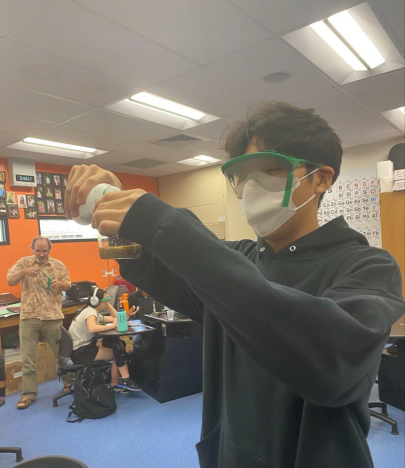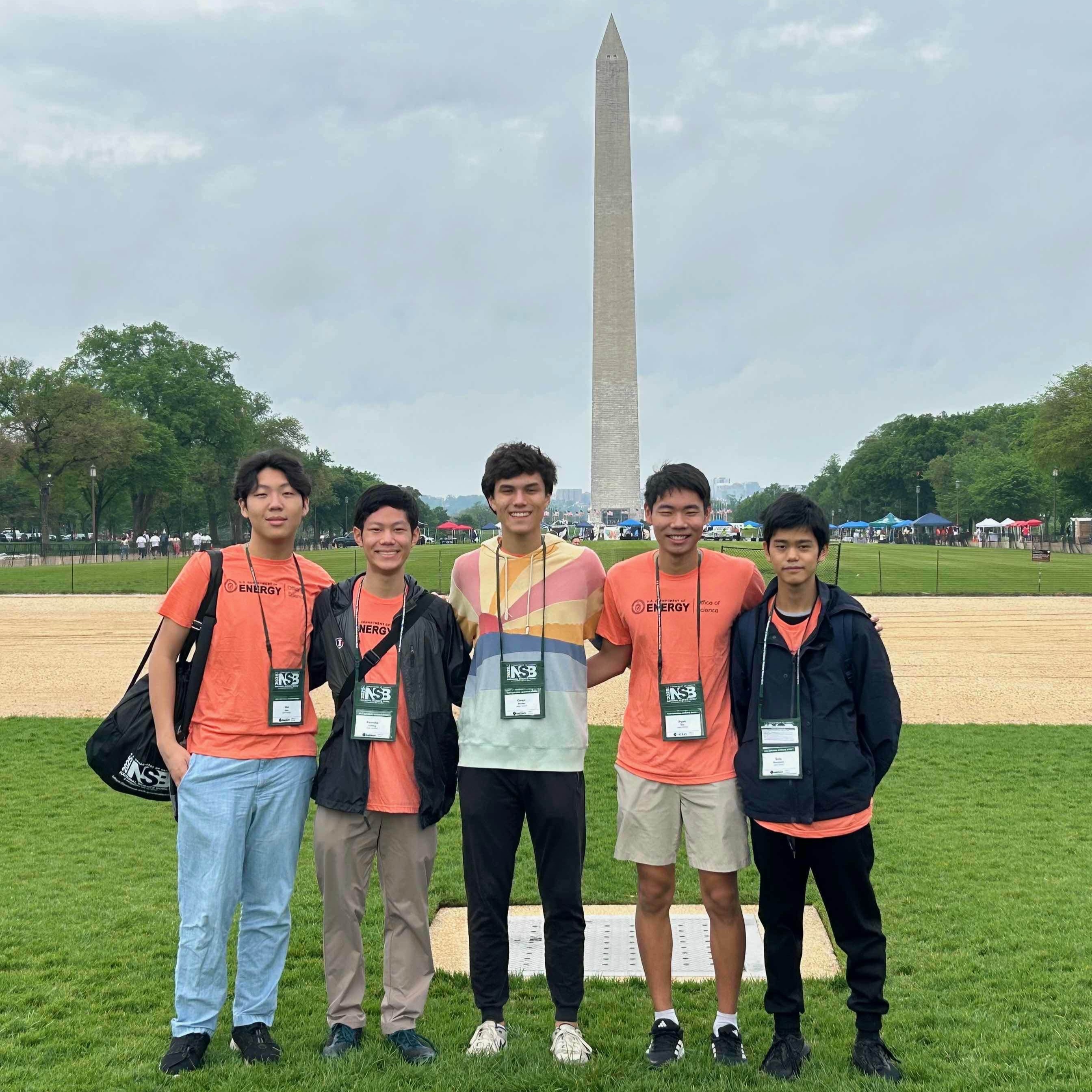Computational Studies of Molecular Bismuth Complexes
Abstract: Computational analysis of ligand effects on bond strength and radical stability in molecular bismuth complexes through using DFT and Quasi-Atomic Orbital (QUAO)
Methods: Geometry optimization and bond dissociation energy (BDE) calculations using DFT (M06-L/def2-TZVP/ECP/CPCM), followed by QUAO analysis for electronic structure and orbital localization
Implication: Advancing sustainable main-group catalysis through predictive ligand design principles to replace traditional transition-metal catalysts


